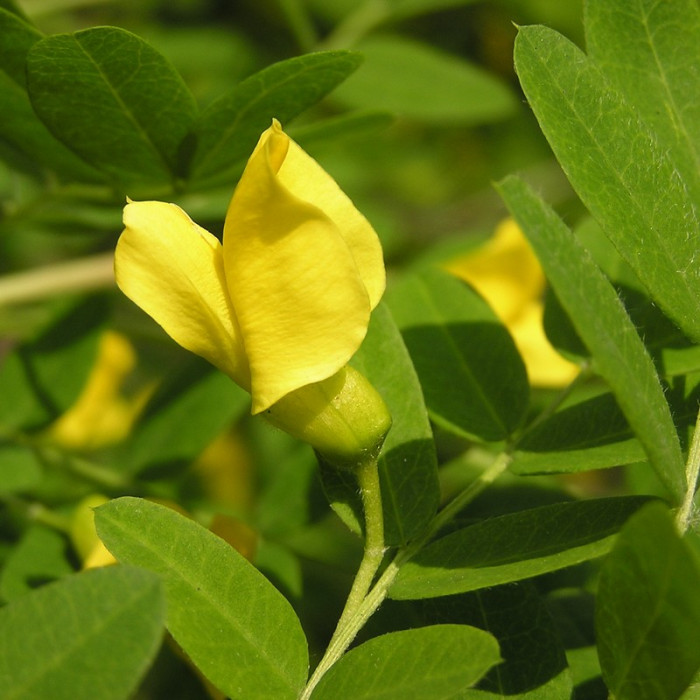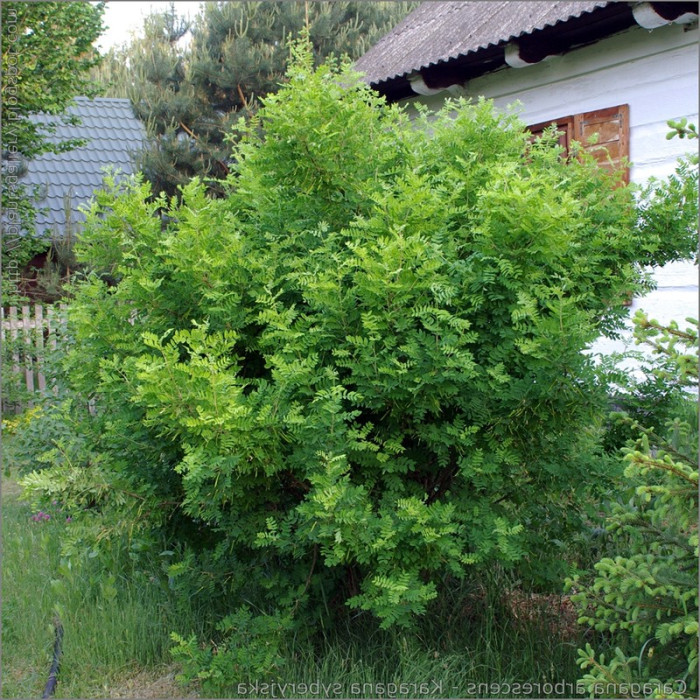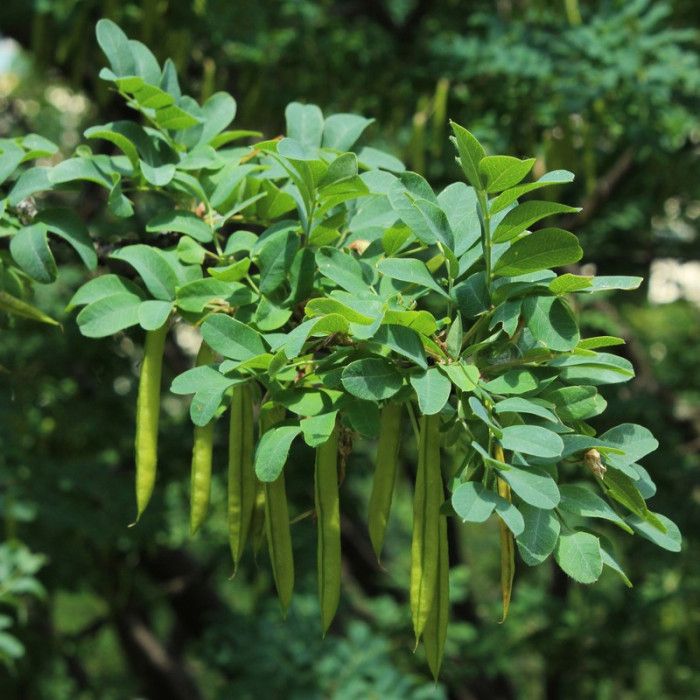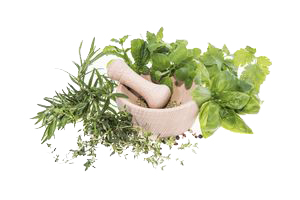Caragana, or Yellow acacia / Caragana arborescens
Deciduous shrub, rarely tree 4-7 meters high, type species of the genus Karagan. Decorative plant. Has several garden forms. It tolerates shearing well, and is widely used to create dense hedges in landscaping.
Forms stems up to 10-15 centimeters thick. The leaves are alternate, petiolate, compound, consisting of 5-8 pairs of leaflets.
The flowers are quite large, bisexual, moth-like, with a yellow corolla, in bunches of 2-5 pieces in the axils of the leaves. There are ten stamens in the flower, nine of them are fused with threads into a tube, one is free. Nectar-bearing tissue is located at the bottom of the corolla. Blooms in late spring - early summer.
Pollen grains are three-furrow-pore, spherical or spherical-flattened. The length of the polar axis is 17-20.4 µm, the equatorial diameter is 17-22 µm. In outline from the pole they are roundly triangular, from the equator they are rounded or broadly elliptical. The furrows are 3-4 µm wide, long, with smooth margins, with sharply retracted ends that do not converge at the poles. The pores are oval, longitudinally elongated, equal to the width of the furrows or somewhat larger, 6–8 µm long; are often barely noticeable. The membrane of furrows and pores is fine-grained. Mesocolpium width 13.6-15.3 µm, apocolpium diameter 4.6-5.7 µm. Exine 1-1.3 µm thick, texture finely spotted. The pollen is pale orange.
The fruit is a linear-cylindrical bean. The fruits ripen in July - August. Propagated by seeds and vegetatively. Undemanding to soil conditions, a plant that tolerates drought and frost well.

No questions about this product, be the first and ask your question.












